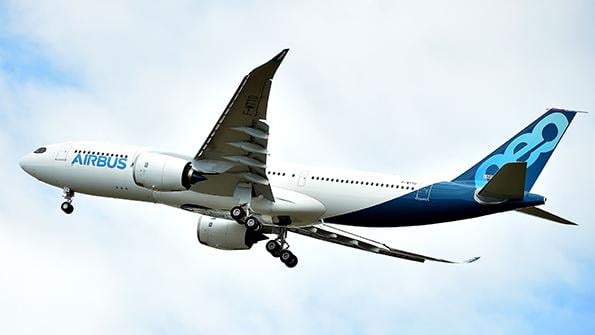
Ask the Editors: The Aviation Week Network invites our readers to submit questions to our editors and analysts. We’ll answer them, and if we can’t we’ll reach out to our wide network of experts for advice.
How do you think Airbus and Boeing will adjust aircraft pricing to stimulate delivery demand from airlines?
Jens Flottau, Aviation Week’s executive editor for Commercial Aviation, responds:
The answer is complicated. In theory, relatively high levels of production in times of low or zero demand lead to low pricing. But the reality might prove more nuanced and differ by program and manufacturer.
Broadly speaking, the most pressing issue is not getting new orders to fill production slots (even though that would be nice for Airbus and Boeing) but rather securing orders placed a long time ago that are now coming up for delivery. For these orders, prices are contractually fixed. When deliveries are deferred, typically escalation clauses apply, so some aircraft could actually become more expensive. On the other hand, Boeing has to compensate customers for its 737 MAX delivery delays. For the backlog, the question is more about financing than pricing.
Nonetheless, a longer-term risk is inherent in this strategy. As manufacturers force unwanted capacity into the market, aircraft values and pricing leverage for future new orders will decline. Instead of ordering new aircraft, airlines could opt for amply available cheap-but-still-young secondhand aircraft that other carriers or lessors want to dispose of.
It is impossible to predict how serious that risk is. Important factors that will determine the outcome are the speed of recovery and the number of aircraft that are permanently retired. Industry optimists believe that demand could rebound sharply once novel coronavirus vaccines are broadly available.
But a lot of young aircraft still in long-term storage could be reactivated by their current or new operators. With fuel prices still relatively low, it could be financially attractive to enter into short-term leases for these aircraft and delay the capital expenditure for new equipment.
Some program-specific aspects are also worth considering. Boeing will want to show that market confidence is returning for the MAX, and the best way to do so is by announcing new orders, such as the one Ryanair placed. The low-cost carrier surely did not pay anywhere near list prices for the aircraft.
Airbus does not have that type of issue with the A320neo family. Yet its A330neo program is in trouble, with a weak backlog that could shrink even more. The A330neo already limits Boeing’s pricing power on the competing 787. Some further concessions are possible to keep A330neo production going at reasonable levels.
Weak widebody pricing, in general, may continue to be a broader issue for years. Demand had been low for some time even before the COVID-19 crisis partly because of over-ordering during the boom in the early 2010s. Another factor is that airlines have begun to realize that some of the models on offer are simply too big—such as the 777X and the A350-1000, not to mention the 747-8 and the A380.
International air travel disappeared practically overnight because of COVID-19 and is expected to be slowest to return after the pandemic subsides. As the industry flies out of the crisis, airlines could opt to use more long-haul narrowbodies where feasible to cut back on investment and recurring costs, further dampening demand for widebodies. On the other hand, both manufacturers have made deep cuts to production levels already, and that could bolster what is left of their pricing power.






Comments
Bernard Biales